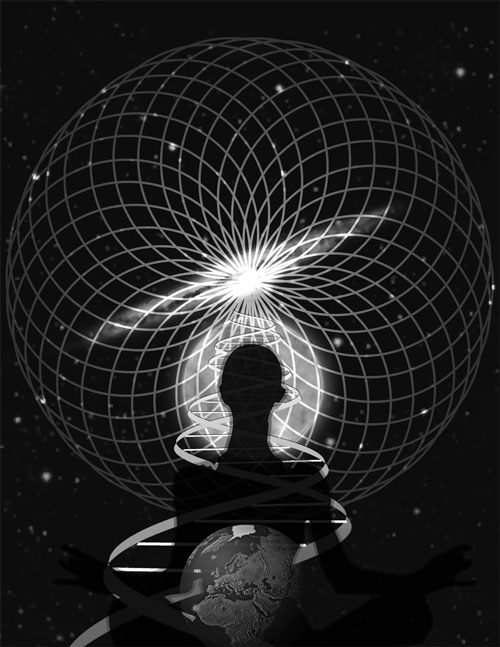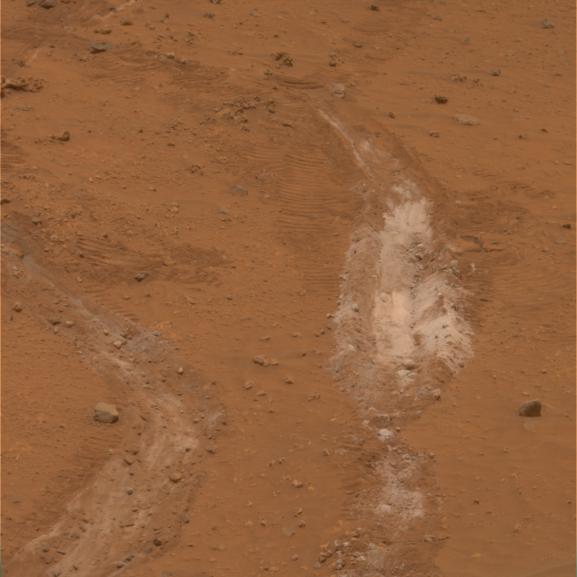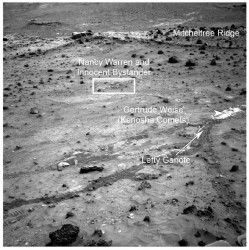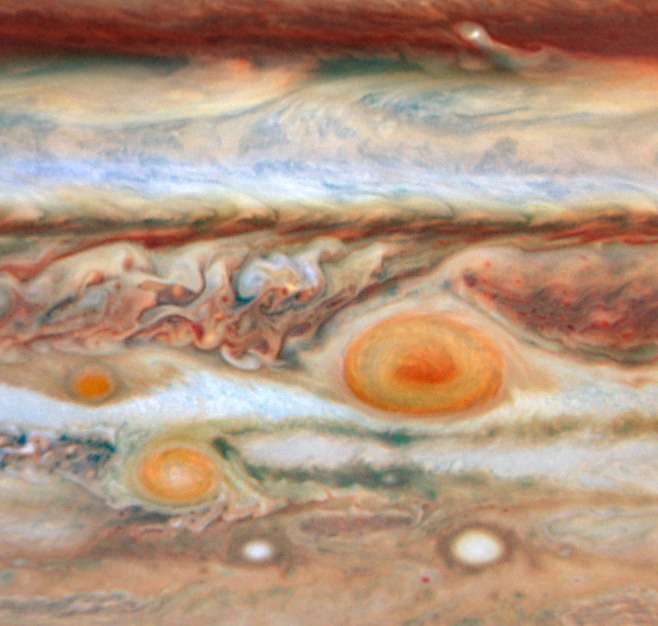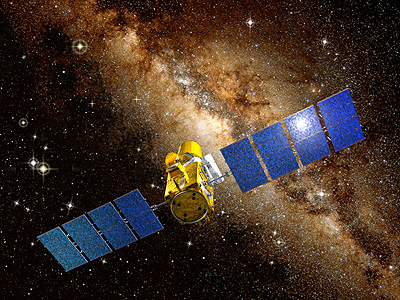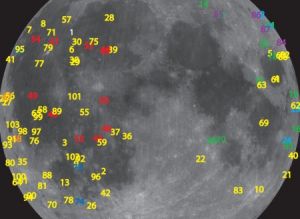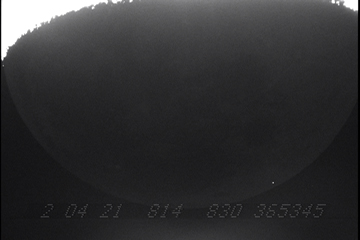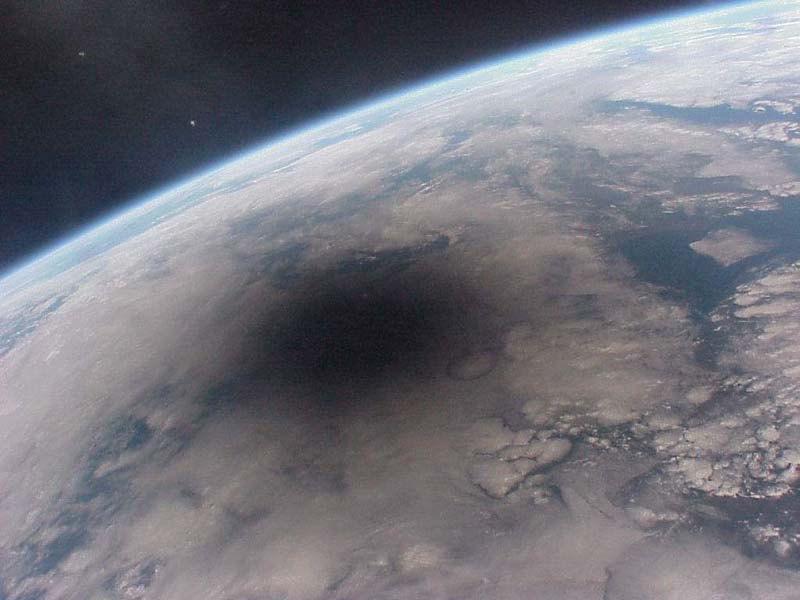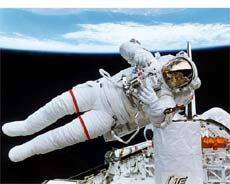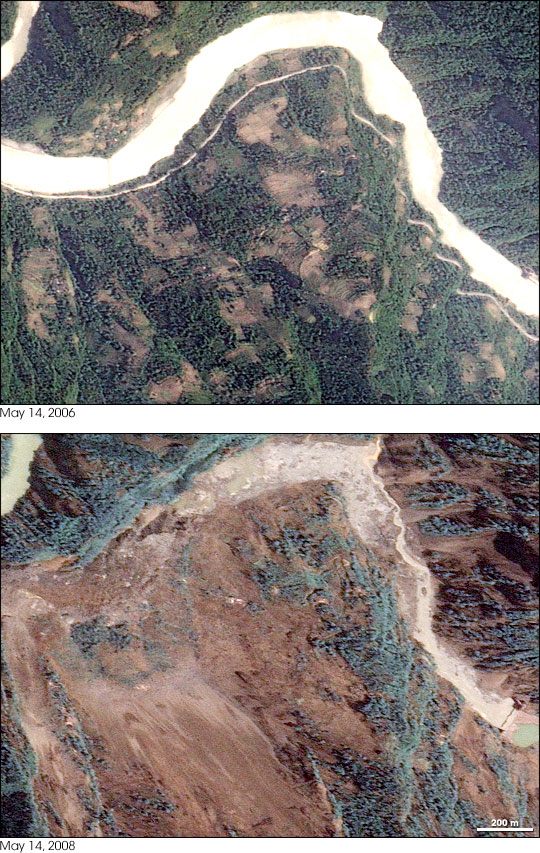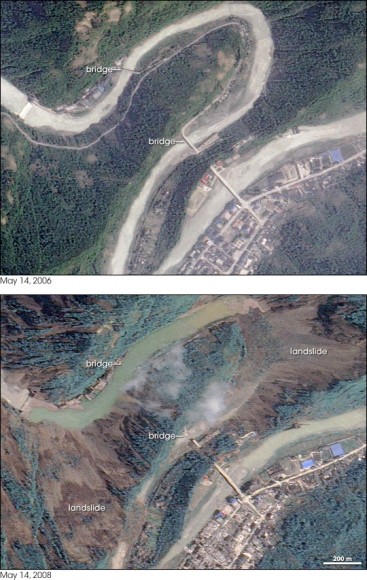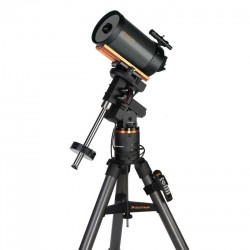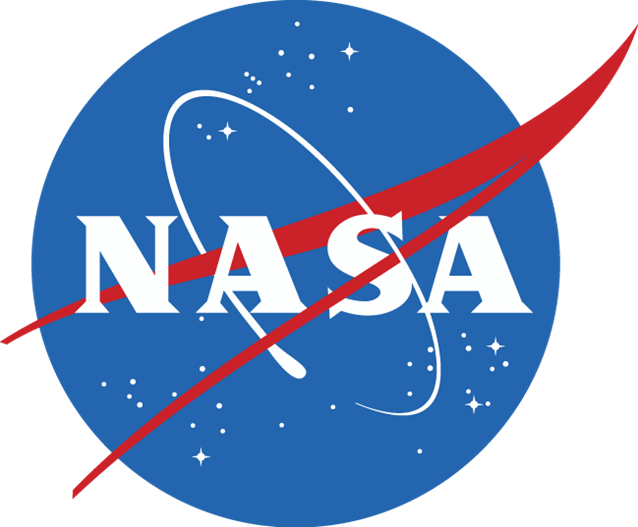Could be the best example yet of being “spaced out”? When in space, astronauts have repeatedly reported inexplicable euphoria, a “cosmic connection” or an increased sensitivity to their place in the Universe. The experience sounds like the ultimate high, or the ultimate enlightening; it would appear that without trying, astronauts are able to attain a similar mental state as meditating Buddhist monks. So what is happening when the human body is in space? Does zero-gravity create new connections in the brain? Or is it a natural human response to the vastness of space and realizing just how small we are in comparison? What ever the reason, it looks like even when astronauts are back on solid ground, they have changed profoundly…
On March 6th, 1969, Rusty Schweikart experienced a feeling that the whole universe was profoundly connected. At the time, he was on a postponed space walk outside his Apollo 9 Lunar Module, carrying out tests for the forthcoming Moon landings. Already having suffered from space sickness (hence delaying the EVA) he felt a euphoric sensation:
“When you go around the Earth in an hour and a half, you begin to recognize that your identity is with that whole thing. That makes a change… it comes through to you so powerfully that you’re the sensing element for Man.” – Russell “Rusty” Schweikart.
Two years later, Apollo 14 astronaut, Edgar Mitchell (joint record holder with Alan Shepard for longest ever Moon walk of 9 hours and 17 minutes) reported experiencing an “Overview Effect”. He described the sensation gave him a profound sense of connectedness, with a feeling of bliss and timelessness. He was overwhelmed by the experience. He became profoundly aware that each and every atom in the Universe was connected in some way, and on seeing Earth from space he had an understanding that all the humans, animals and systems were a part of the same thing, a synergistic whole. It was an interconnected euphoria.
Schweikart and Mitchell’s experiences are not isolated anomalies, many other astronauts since the 1970’s have reported this Overview Effect. Andy Newberg, a neuroscientist/physician with experience in space medicine, hopes to find out whether this is an actual psychological phenomenon. Perhaps there is a medical reason for an actual change in an astronaut’s brain function when in space. What’s more, he’s noticed a psychological change in the men and women that have come back from space:
“You can often tell when you’re with someone who has flown in space, its palpable.” – Andy Newberg
Newberg has scanned many brains to try to understand how humans reach this euphoric state on Earth. The religious communities, transcendental mediators and others around the world are able to experience similar states and have been the focus of interest to neuroscientists. In some cases, the meditation leads some people to view the whole cosmos as an interconnected quantum web, where consciousness is not separate, but a part of the Universe. Now Newberg hopes to monitor the brain of one of the first space tourists so a better grasp of the brain function of a human in zero-G can be understood.
Edgar Mitchell has said that his personal event has changed his life, revealing a Universe that had remained hidden until he experienced the Overview Effect on that Apollo 14 mission in 1971. Whether this effect is a physical change in the brain, or a deeper, yet to be discovered event, Newberg hopes to find some answers.
Source: The Daily Galaxy

